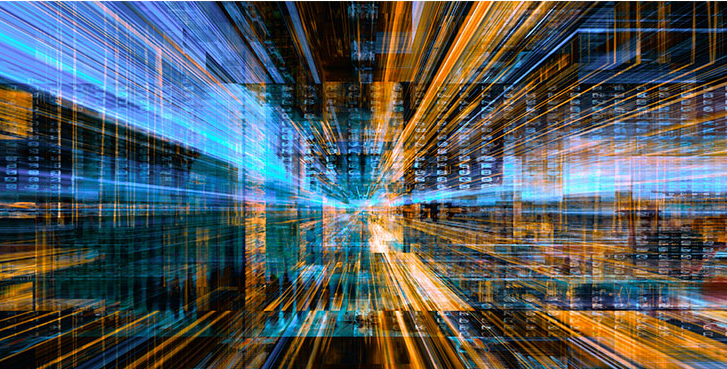The selection of PCB materials is a very important step in PCB manufacturing.
This is because the strength and flexibility of the material have a direct impact on the quality of the PCB.
The electrical resistance and heat resistance of PCB materials commonly used in industrial applications must be extremely high.
This is because industrial applications generate heat after long strokes.
If the heat resistance of the material is low, the PCB may be deformed.
Generally speaking, the material of the printed circuit board should enable all layers of the printed circuit board to have strength, and traces and signal paths can be easily etched onto the board.
The most commonly used materials in industrial PCB manufacturing are glass fiber and Teflon.
FR-4 glass fiber:
The substrate of an industrial PCB is usually made of glass fiber belonging to FR4 material. FR stands for flame retardant. FR4 provides very high tensile strength.

These materials provide:
Good dimensional stability
Excellent insulation and electrical properties
Moisture resistance
Excellent flammability index
FR4 material is one of the good choices for industrial PCB manufacturing. This material is used to reinforce the PCB base.
Teflon:
Teflon is also known as PTFE or polytetrafluoroethylene. Fluoropolymer is a type of plastic with many characteristics.
The basic properties of PTFE make it an interesting material for manufacturing industrial PCBs:
It has excellent chemical resistance
Good electrical insulation in hot and humid environments makes it suitable for industrial environments
Good heat resistance and low temperature resistance.
Good resistance to light, ultraviolet rays and bad weather.
Low coefficient of friction
Low dissipation factor/dielectric constant
Strong non-stick performance.
flexibility
It has good fatigue resistance under low stress conditions.
Low water absorption
Metal:
One of the main parts of manufacturing industrial PCBs is the use of traditional metals such as copper, aluminum, and iron.
Due to its superconductivity, this type of material is the first choice in the manufacture of industrial PCBs, and these types of materials also help to apply surface mount technology during assembly.
We know this material is durable, so when we use it in PCB manufacturing, the resulting PCB will be durable.
Most PCB manufacturers use aluminum backplanes to maintain the highest quality.
Ceramic printed circuit board:
Ceramics are a good choice for manufacturing industrial PCBs.
The basic properties of ceramics make it an interesting material for manufacturing industrial PCBs:
High hardness
High modulus of elasticity
Low ductility
High dimensional stability
Good wear resistance
High resistance to corrosion and chemical attack.
High weather resistance
High melting point
High working temperature
Low thermal expansion
Low to medium thermal conductivity
Good electrical insulation
But because ceramics are very expensive, it is impossible to use it in all industrial applications.
One thing to remember is that manufacturing industrial PCBs uses different types of materials, and they all have different advantages and disadvantages.
When manufacturing, we must select materials according to application requirements.
quality:
PCB manufacturers must maintain the quality of the materials used in PCB manufacturing.
Because the high-quality PCB allows you to replace or replace components without any problems, and will not damage other components on the board.
High-quality PCBs are durable, so they do not need to be replaced repeatedly in industrial applications.
cost:
The cost of an industrial PCB depends on several factors. If you prefer gold flakes to solder tabs, it will be very expensive for you.
Similarly, the cost of a circuit board using blind and/or buried tracks is significantly higher than the cost of a typical multilayer circuit board with the same number of layers.
Even the row/wide spacing can cause cost differences. If you choose a pitch greater than 6mm, the cost will be higher than 6mm.
Energy and heat:
Heat capacity is an important factor in industrial PCB materials.
The usefulness of PCB depends on this factor? The reliability of the printed circuit board can also be determined based on this factor.
In addition, we need to know the rate at which the material’s power in watts is converted to temperature.